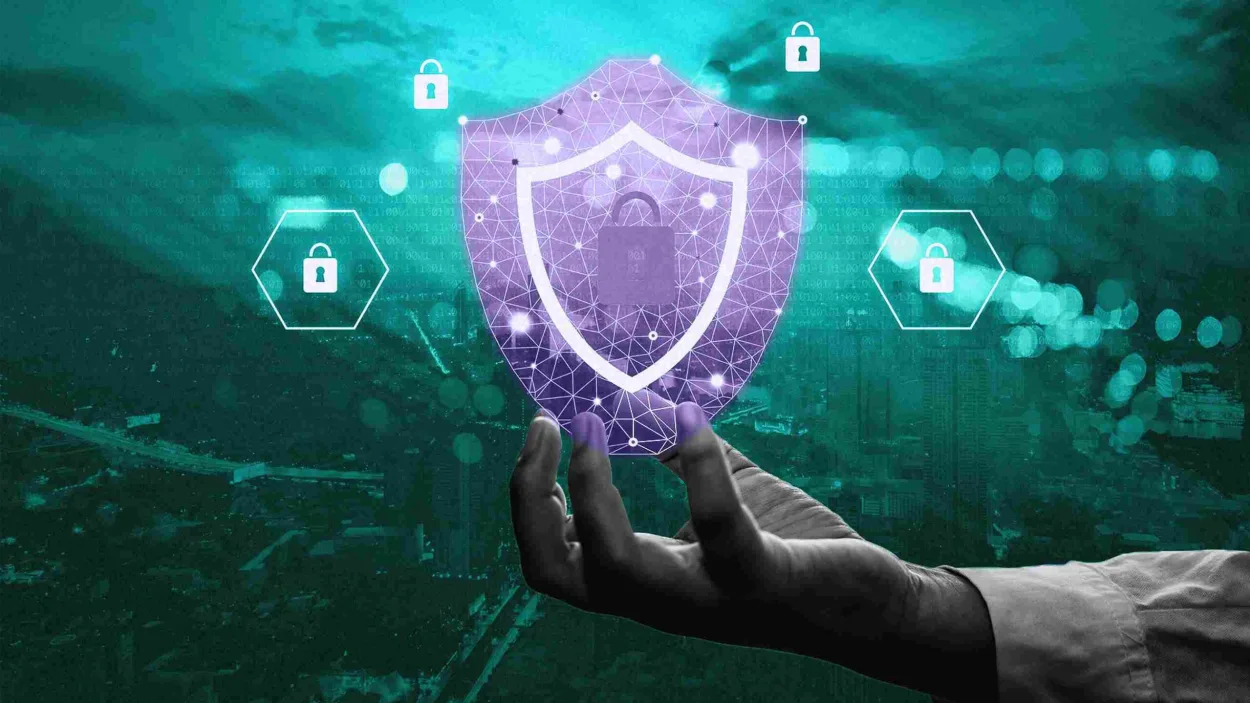Why root causes matter in cybersecurity

In the cybersecurity industry, unfortunately, there is no official directory
of root causes. Many vendors categorize certain attacks as root causes when in
reality, these are often outcomes or symptoms. For example, ransomware, remote
access, stolen credentials, etc., are all symptoms, not root causes. The root
cause behind remote access or stolen credentials is most likely human error or
some vulnerability. ... The true root cause is human error. People are prone
to mistakes, ignorance, and biases. We open malicious attachments, click on
wrong links, surf the wrong websites, use weak credentials, and reuse
passwords across multiple sites. We use unauthorized software, make public our
private details via posting on social media for bad actors to scrape and
harvest. We take security far too much for granted. Human error in
cybersecurity is a much larger problem than previously anticipated or
documented. To clamp down on human error, organizations must train employees
enough so they can develop a security instinct and improve security habits.
Clear policies and procedures must be in place, so everyone understands their
responsibility and accountability towards the business.
Running Automation Tests at Scale Using Java
As customer decision making is now highly dependent on digital experience as
well, organisations are increasingly investing in quality of that digital
experience. That means establishing high internal QA standards and most
importantly investing in Automation Testing for faster release cycles. So, how
does this concern you as a developer or tester? Having automation skills on
your resume is highly desirable in the current employment market.
Additionally, getting started is quick. Selenium is the ideal framework for
beginning automation testing. It is the most popular automated testing
framework and supports all programming languages. This post will discuss
Selenium, how to set it up, and how to use Java to create an automated test
script. Next, we will see how to use a java based testing framework like
TestNG with Selenium and perform parallel test execution at scale on the cloud
using LambdaTest.
How Generative AI Can Support DevOps and SRE Workflows

Querying a bunch of different tools for logs and a bunch of different
observability data and outputs manually requires a lot of time and knowledge,
which isn’t necessarily efficient. Where is that metric? Which dashboard is
in? What’s the machine name? How do other people typically refer to it? What
kind of time window do people typically look at here? And so forth. “All that
context has been done before by other people,” Nag said. And generative AI can
enable engineers to use natural language prompts to find exactly what they
need — and often kick off the next steps in subsequent actions or workflows
automatically as well, often without ever leaving Slack ... The cloud native
ecosystem is vast (and continually growing) — keeping up with the intricacies
of everything is almost impossible. With generative AI, Nag said, no one
actually needs to know the ins and outs of dozens of different systems and
tools. A user can simply say “scale up this pod by two replicas or configure
this Lambda [function] this way.
Diverse threat intelligence key to cyberdefense against nation-state attacks

Most threat intelligence houses currently originate from the West or are
Western-oriented, and this can result in bias or skewed representations of the
threat landscape, noted Minhan Lim, head of research and development at Ensign
Labs. The Singapore-based cybersecurity vendor was formed through a joint
venture between local telco StarHub and state-owned investment firm, Temasek
Holdings. "We need to maintain neutrality, so we're careful about where we
draw our data feeds," Lim said in an interview with ZDNET. "We have data feeds
from all reputable [threat intel] data sources, which is important so we can
understand what's happening on a global level." Ensign also runs its own
telemetry and SOCs (security operations centers), including in Malaysia and
Hong Kong, collecting data from sensors deployed worldwide. Lim added that the
vendor's clientele comprises multinational corporations (MNCs), including
regional and China-based companies, that have offices in the U.S., Europe, and
South Africa.
Where Does Zero Trust Fall Short? Experts Weigh In

The strategy of ZT can be applied to all of those areas and, if done correctly
and intelligently, then a solid strategic approach can be beneficial. There is
no ZT product that can simply make those areas secure, however. I would also
suggest that the largest area of threat is privileged access, as that is the
most common avenue of lateral movement and increased compromise historically.”
... “It’s a multifaceted issue when determining the greatest threat among the
areas where zero trust falls short. At the core, privileged access stands out
as the most alarming vulnerability. These users, often likened to having ‘keys
to the kingdom,’ possess the capabilities to access confidential data, modify
configurations and undertake actions that could severely jeopardize an
organization. “However, an underlying concern that might be overlooked is the
reason behind the extensive distribution of privileged access. In many
situations, this excessive access stems from challenges tied to legacy
systems, IoT devices, third-party services, and emerging technologies and
applications.
Data Management Challenges In Heterogeneous Systems
When you look at the whole chiplet ecosystem, there are certain blocks we feel
can be generalized and made into chiplets, or known good die, that can be
brought into the market. The secret sauce is custom piece of silicon, and they
can design and own the recipe around that. But there are generic components in
any SoC — memory, interconnects, processors. You can always fragment it in a
way that there are some general components, which you can leverage from the
general market, and which will help everyone. That brings the cost of building
your system down so you can focus on problems around your secret sauce. ... We
need something like a three-tier data management system, where with tier one
everyone can access data and share it, and tier three is only for people in a
company. But I don’t know when we’ll get there because data management is a
real tough problem. ... We may need new approaches. Just looking at this from
the hyperscale cloud perspective, which is huge, with complex
hardware/software systems and things coming in from many vendors, how do we
protect it?
Companies are already feeling the pressure from upcoming US SEC cyber rules

Calculating the financial ramifications of a cybersecurity incident under the
upcoming rules placed pressure on corporate leaders to collaborate more
closely with CISOs and other cybersecurity professionals within their
organizations. Right now, a "gulf exists between boards and CFOs and their
cybersecurity defense teams, their chief information security officers,"
Gerber says. "The two aren’t speaking the same language yet." Gerber thinks
that "what companies and CFOs are realizing is that they need to get their
teams into these exercises so that they can practice making their
determinations as accurately and clearly as they can and early as they can."
"I think that the general counsels and the CISOs have been at arm’s length of
each, and I’m going to tell you one extreme," Sanna says. "One CISO told us
that their legal or general counsel did not want them to assess cyber risk in
financial terms so they could claim ignorance and not have to report it."
A Guide to Data-Driven Design and Architecture
Data-driven architecture involves designing and organizing systems,
applications, and infrastructure with a central focus on data as a core
element. Within this architectural framework, decisions concerning system
design, scalability, processes, and interactions are guided by insights and
requirements derived from data. Fundamental principles of data-driven
architecture include: Data-centric design – Data is at the core of design
decisions, influencing how components interact, how data is processed, and how
insights are extracted. Real-time processing – Data-driven architectures often
involve real-time or near real-time data processing to enable quick insights
and actions. Integration of AI and ML – The architecture may incorporate AI
and ML components to extract deeper insights from data. Event-driven approach
– Event-driven architecture, where components communicate through events, is
often used to manage data flows and interactions.
The Search for Certainty When Spotting Cyberattacks

Exacerbating the problem is the availability of malware and ransomware
services for sale on the Dark Web, Taylor said, which can arm bad actors with
the means of doing digital harm even if they lack coding skills of their own.
That makes it harder to profile and identify specific attackers, he said,
because thousands of bad actors might buy the same tools to attack systems.
“We can’t identify where it’s coming from very easily,” Taylor said, because
almost anybody could be a hacker. “You don’t have to be the expert anymore.
You don’t have to be the cyber gang that’s very technically adept at
developing all these tools.” That means cyberattacks may be launched from
unexpected angles. For example, he said, gangs could outsource their hacking
needs via such resources, or individuals who are simply bored at home might
pick up such tools from the Dark Web to create phishing campaigns. “It becomes
harder and harder to profile the threat.”
How Listening to the Customer Can Boost Innovation

Product development should not rely solely on customer input. Development
teams should also take product metrics into account. Most, if not all, SaaS
products today track a wealth of product metrics that show how customers use
and engage with products. These insights can drive product development and
strategy. For example, by providing insights on how individual customers are
interacting with products, development teams can see what features customers
are and aren’t using, or perhaps struggling with. This can validate whether
customer requests to improve certain features are correct. Metrics can also
show whether new products or services are performing well and having a
positive impact on business outcomes. From a business perspective, you want
new services to improve engagement, retention and sentiment, and metrics can
show the benefits of listening to the customer by demonstrating how new
services are helping to improve revenue growth.
Quote for the day:
"Become the kind of leader that people
would follow voluntarily, even if you had no title or position." --Brian Tracy
No comments:
Post a Comment